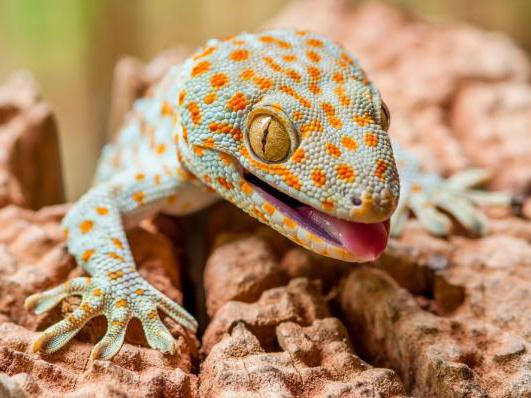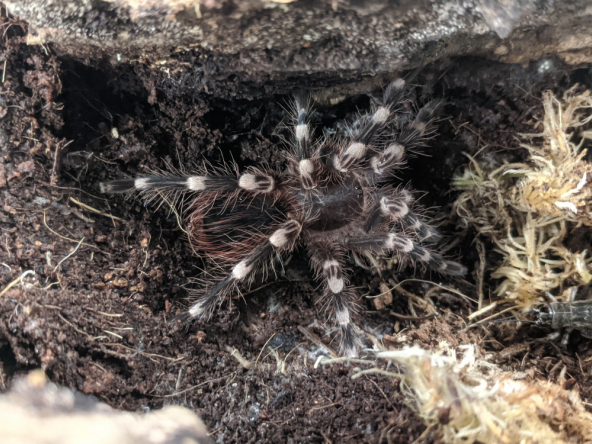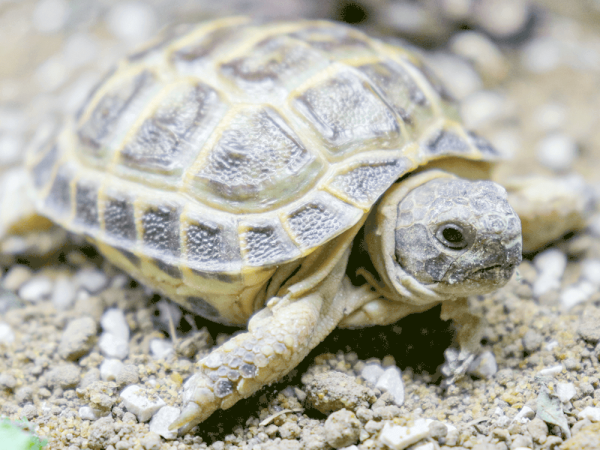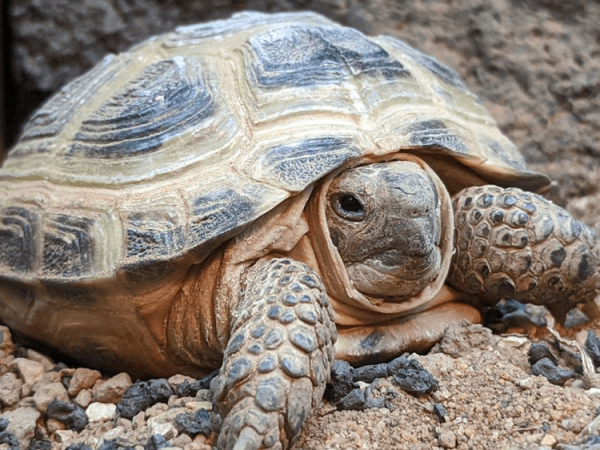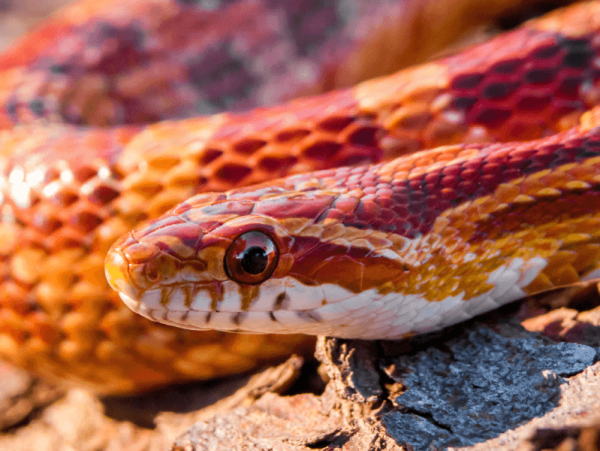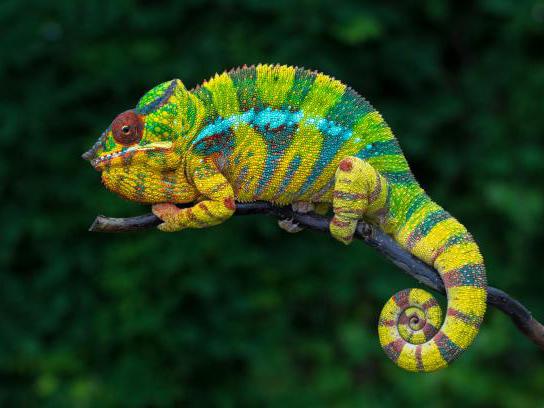Tokay gecko, Gekko gecko, care sheet
Still an up and coming star in the reptile keeping world, getting your Tokay Gecko habitat and diet just right is incredibly important for the health and well-being of your reptile.
Fortunately, both the Tokay gecko habitat and diet are pretty easy to cater for, ensuring that barring any genetic problems or accidents, your gecko should live happily to the full 8-10 years of their lifespan under your watchful eye.
If you are looking for an alternative to the Tokay gecko, check out our Leopard gecko guide and Crested gecko guide.
Tokay Geckos in the wild and in captivity
Tokay geckos are an Asian species of gecko, enjoying a humid woodland environment as opposed to a dry, arid landscape preferred by some other geckos. For this reason, extra care must be taken to ensure the humidity levels in your terrarium or vivarium are given a little boost.
Climbers, they love an arboreal setup, spending very little time on the canopy floor in their original habitat, so plenty of natural looking climbing apparatus is best kept with them to ensure they can fulfil their natural behaviour.
The best Tokay Gecko environments will simulate their natural one, so follow this advice to get the basics just right:
We recommend a minimum of a 2ft x 2ft x 2ft vivarium or terrarium to house your gecko to begin with. Most only reach around 14 inches in the end, so an upgrade may be needed later, but this should do fine to start.
For a substrate, you want something that's going to help you out with your humidity levels, so Coco Brick or similar woodland soil type substrate is best. These types of substrate retain moisture and slowly release it as they are heated, meaning you don't have to constantly spray your gecko's habitat.
A nocturnal gecko, you won't find their activity levels too high during the day, and the type of lighting you use needs to reflect that. A day/night temperature range of 32C (day) and 20C (night). Its best to try and establish a proper 24 hour cycle as early as possible, providing your gecko with 12 hours of both daylight and night time to help with their natural rhythm. This is all best achieved with a ceramic heat bulb and basking light, or just a heat bulb with some efficient LEDS to simulate UVA daylight.
Because of their nocturnal habits, a lot of reptile keepers assume Tokays don't need UVB like other reptiles, but this isn't really the case, and a low level UVB (2%-5%) is ideal for giving them the odd glimpse of MBD avoiding UVB.
Other than that, just plenty of branches, vines and leaves to climb and hide in, as well as a suitably sized hide to escape to.
Tokay Gecko Diet
Relatively fearsome hunters for their size, Torkay Geckos enjoy a diet consisting of insect livefood. They are thus best fed on crickets, with waxworms as an occasional treat. As they grow older, some may take pinkie mice too.
A water bowl is best placed in their habitat too, ensuring their hydration, however due to their arboreal nature, drippers and mist systems are best for getting water higher up into their habitat.
Don't forget their dietary supplements too, especially calcium supplements, preferably with added Vitamin D3 to avoid MBD due to their nocturnal nature.




